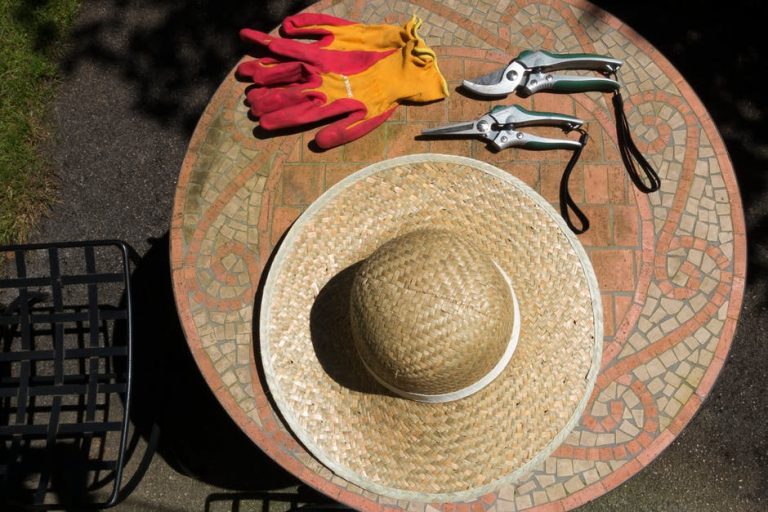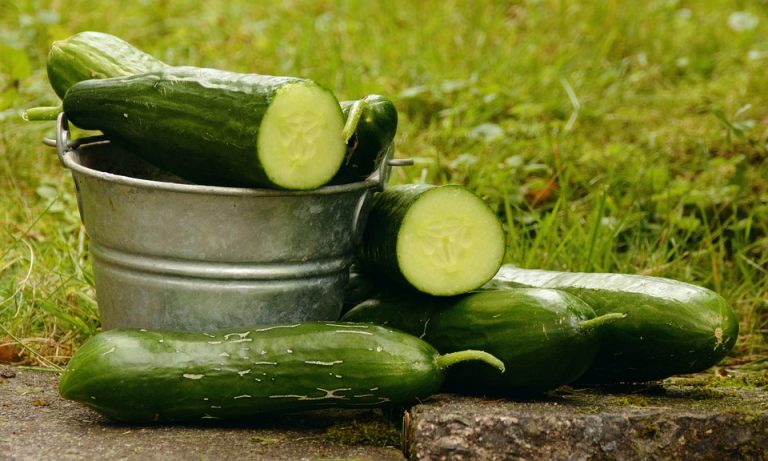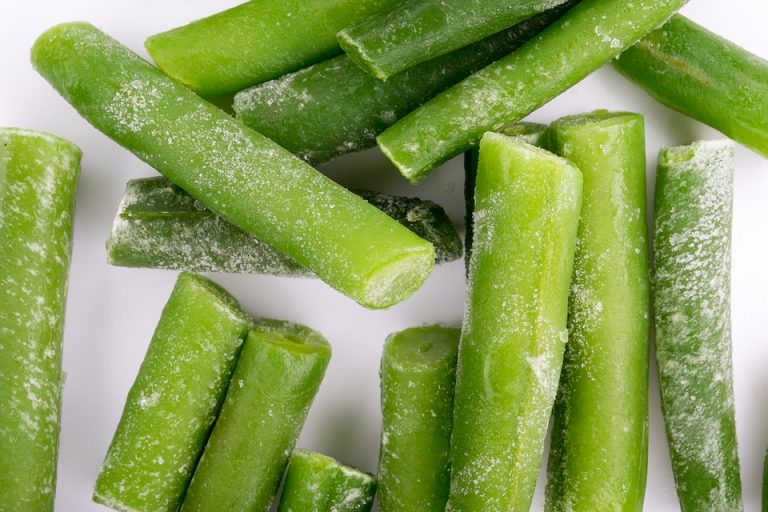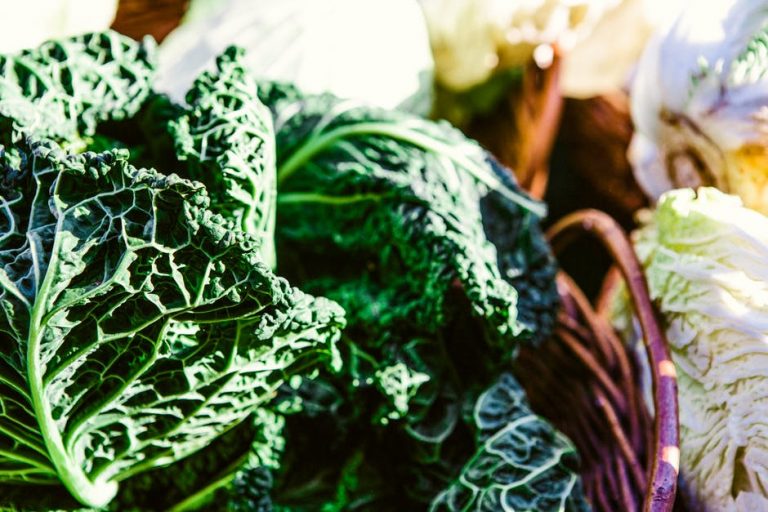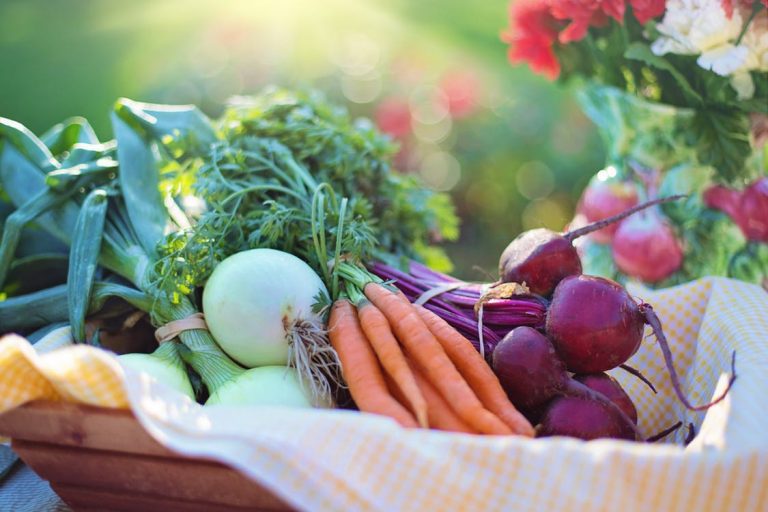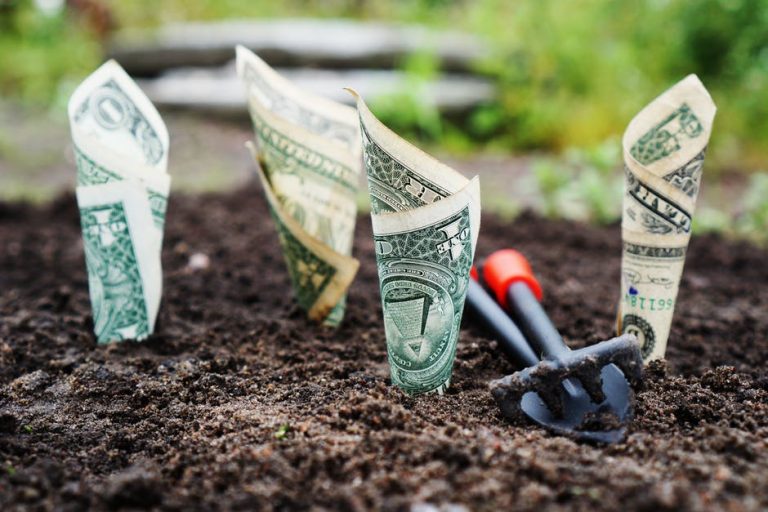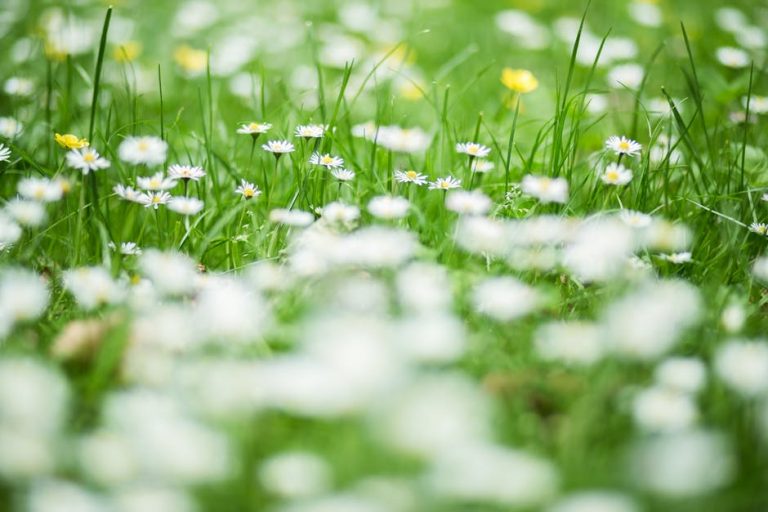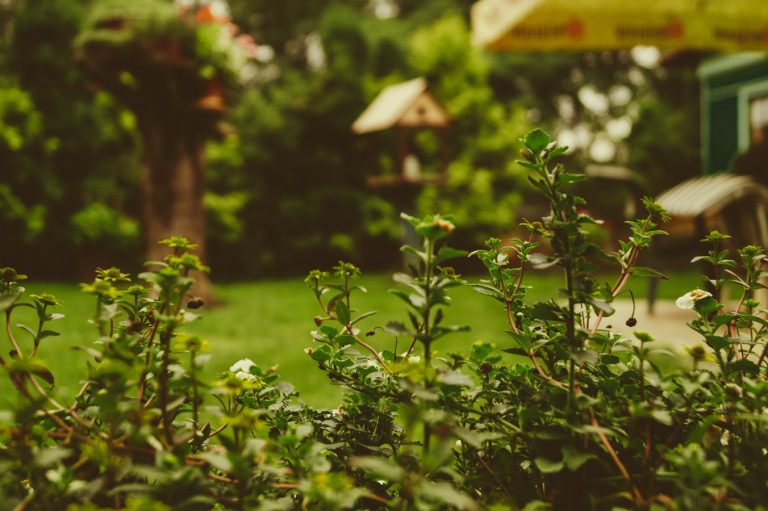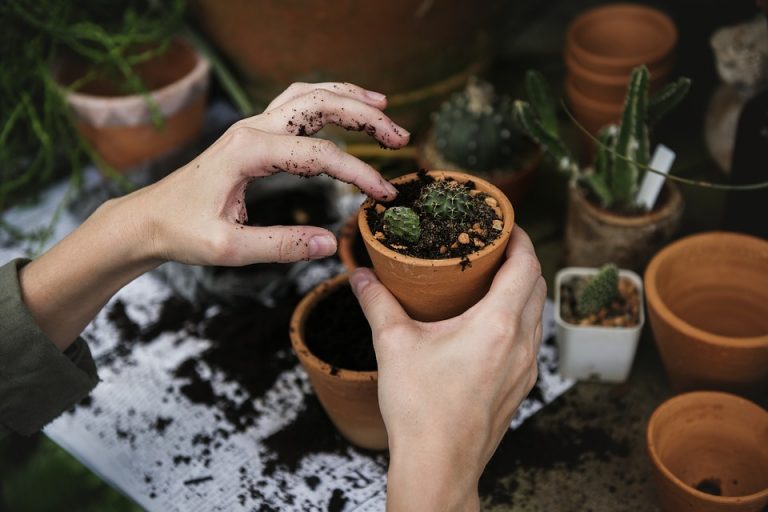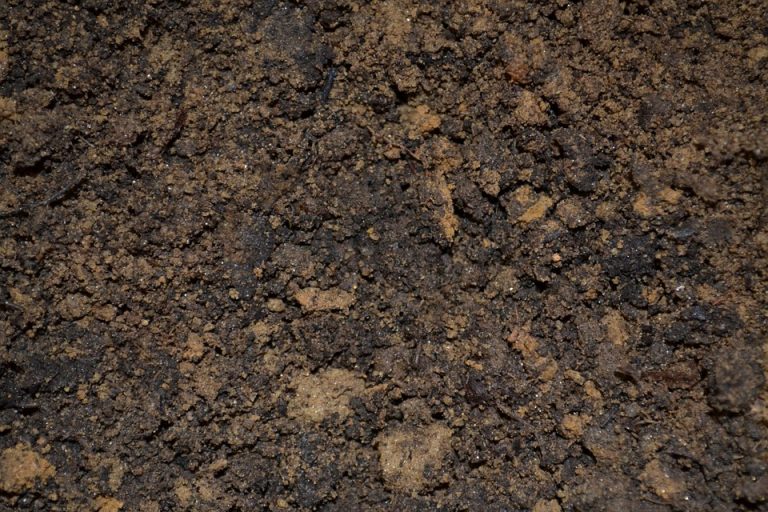As September draws near, this is the time of year I find myself most vulnerable to gardening burnout. Midsummer weather is fierce, produce starts to ripen at a lightning fast pace, and weeds seem to grow out of control all of a sudden. If you’re new to gardening, this is an especially delicate time. But…
Keeping Up With the Harvest: Using All Those Cucumbers
If you’re like me and decided to plant cucumber this year, it’s likely that you’re currently dealing with a deluge of them. Cucumber plants are an excellent choice for the frugal gardener since just one plant yields a lot of fruit. The tough part is coming up with ways to eat it all! There’s only…
Preserving the Harvest: Freezing Summer Veggies
Pack up the taste of summer by preserving it in your freezer. Avoid waste and save money during the winter months by freezing freshly picked garden vegetables. Nothing beats the taste of fresh summer produce, and while there are many preservation methods available to conserve the bounty of the season, options such as fermenting and…
Maximize the Harvest: Preparing Now for the Fall
It’s only August, so why am I bringing up the fall already? While stores are already preparing for Halloween, gardeners are still enjoying the warm days of summer. If you’re looking to get the biggest bang for your buck in your garden, planning in anticipation of fall is critical. Sowing seed now and keeping your…
Keeping Up with the Harvest
Summer is in full swing, and that means the gardening season has really begun. Seeds and seedlings have grown into sturdy, productive plants. Pollinators are out in grand numbers, and there’s no shortage of stuff to pick from the branches, vines and stems around the garden. Tomatoes are starting to ripen, eggplants are slowly appearing,…
Top Ten Frugal Gardening Tips
Gardening doesn’t need to be an expensive hobby. I’ve been digging in the dirt for a long time, and have found ways to minimize costs and maximize results. Here are my top ten ways to garden frugally and keep this rewarding hobby affordable. All of these are tried and true, as well as easy to…
Frugal Gardening Quick Tips
Have a great gardening tip that saves money? Share it with us. Simply email us so we can share it with everyone and others can save from your favorite frugal gardening tricks: Weeds If you need to use a weed killer, buy the concentrate. It’s expensive, and it doesn’t work as well if you dilute…
More Gardening Articles
Prepare Your Lawn For Fall By Matt Morrison Hemingway once said, “America is the land of wide lawns and narrow minds.” Now, I don’t know about narrow minds, but we definitely love our lawns. Fall is one of the most important times of the year to perform lawn care maintenance. The process you need to…
5 Frugal Gardening Traits
If you’re creating a garden on the cheap or going for the frugal to downright FREE garden, here’s my list of must haves: 1) The frugal gardener needs to be flexible, as in no master landscape plan set in concrete. The frugal gardener lets the plants be the guide and the garden sort of “happens…
Build An Organic Waste System
Want to take your kitchen to a new level of “green”? Tried a compost pile in your backyard and had to hide from your neighbors due to the smell? Tired of finding your compost items brought out to your front yard by the neighborhood animals? Well, there is an alternative. Make a backyard food waste…
